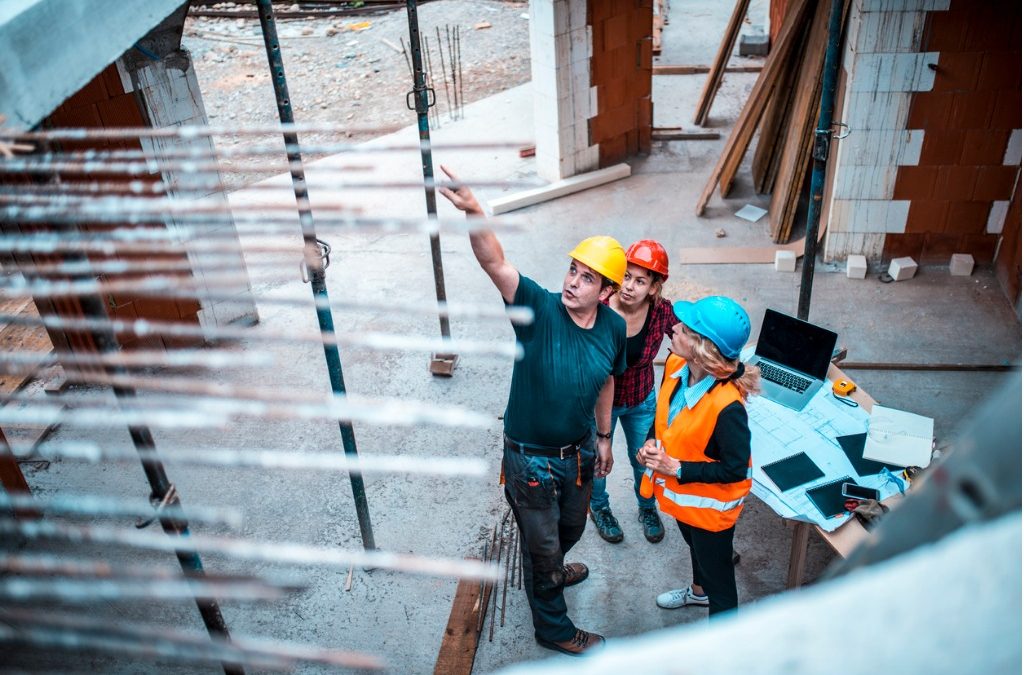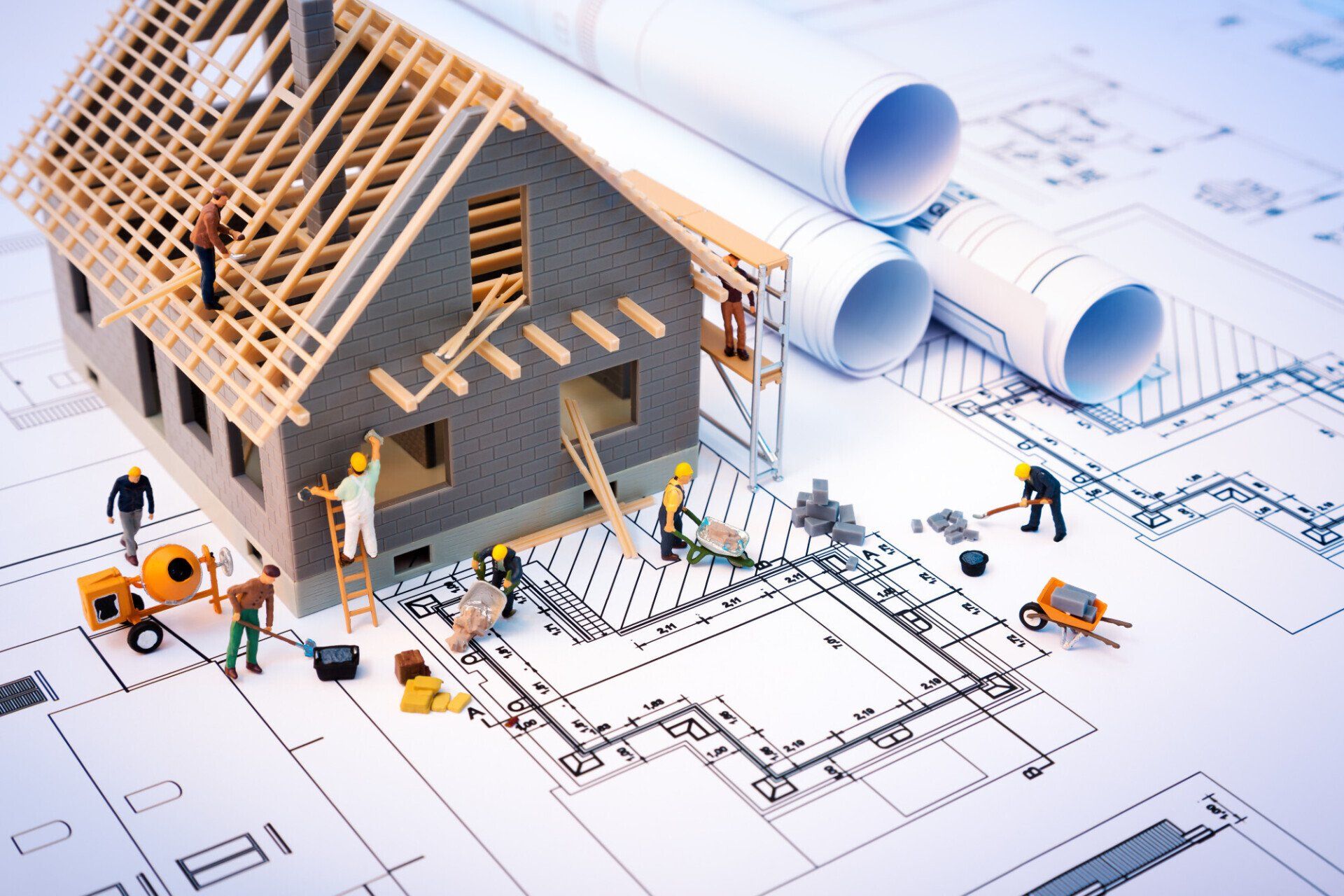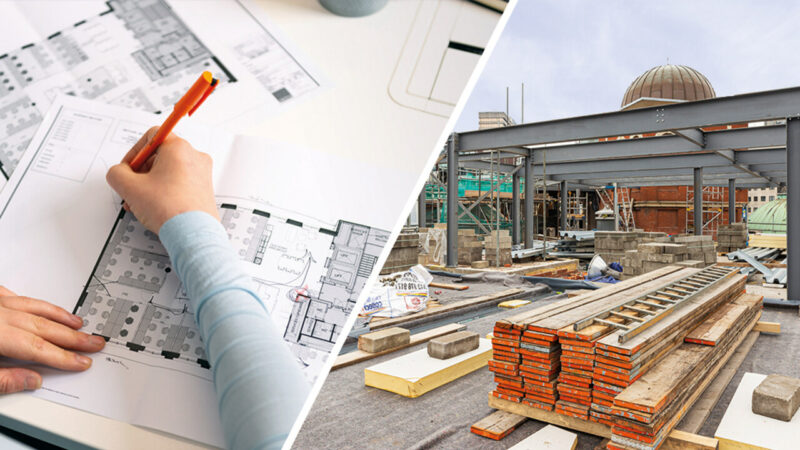In the construction industry, two of the most popular methods for commercial projects are traditional and design-build. Each method has its own set of advantages and disadvantages, making it difficult to determine which one is right for a particular project.
This article explores both approaches to help you make an informed decision when choosing a construction method for your next commercial project.
We’ll look at each approach in detail, including their benefits and drawbacks as well as how they might fit into your specific needs. After reading this article, you will have all the information necessary to pick the best option available for your project.
Traditional:

The traditional BuildOps commercial construction software glossary method is a time-tested approach that has been used for decades. It involves hiring an architect to design the project, followed by bidding out each phase of the construction process to individual contractors who are responsible for completing their portion by the specifications provided.
This method provides great control over costs and timeframes as there is less risk involved due to pre-defined contracts, but it can also be inefficient if any disputes arise between contractors or changes need to be made during the course of the build. Additionally, while this method may provide cost savings upfront, it doesnt always guarantee that those savings will carry over into long-term maintenance and repairs down the road.
Design-build commercial construction methods offer a more streamlined approach than traditional methods by combining architectural design services and building services under one contract between owner/developer and contractor. This allows for greater collaboration between all parties throughout every step of planning and constructing your project which can ensure quality results at completion.
Design-build projects tend to move faster since they involve fewer people working on different aspects of a single task simultaneously rather than several tasks being completed sequentially – allowing you more control over costs, timelines, materials selection etc., however this does come with increased overhead in terms of management fees associated with overseeing multiple contracts occurring concurrently instead of separately as would have been done through traditional construction processes.
Advantages

Traditional construction methods are often preferred for their familiarity and ability to be tailored to different projects. This can provide cost savings and greater control over the final product. For instance, architects and engineers may have more direct input into how a project is designed, with less reliance on third-party consultants such as general contractors or subcontractors. Furthermore, traditional construction allows for careful scrutiny of materials used in the build process, which could result in higher quality control over the finished product.
On the other hand, design-build commercial construction methods provide many benefits that make them attractive alternatives to traditional models. By having one entity handle both design and construction services under one contract agreement, efficiency is maximized while costs are minimized due to fewer resources needed during project execution.
Additionally, with all parties involved in communication throughout the entire process from start to finish, there is less potential for miscommunication or delays caused by lack of coordination between multiple entities working separately on different aspects of a project at any given time. Finally,design-build contracts offer increased flexibility since changes can be easily incorporated into both design plans and building schedules without sacrificing timeline or budget targets set out at the onset of a project.
Disadvantages
The Disadvantages of Design-Build Commercial Construction Methods can be significant, depending on the specific project. For traditional methods, it is often difficult to effectively manage and control costs due to the separate contracts between designers and contractors that can create inefficiencies throughout the process.
Additionally, design-build projects tend to take longer as each step of the process must be completed before moving on to the next phase. Furthermore, there is a risk of miscommunication when different parties are involved which could lead to costly delays or mistakes during construction if not addressed properly.
Finally, for both types of projects, there may be potential legal issues surrounding liability should something go wrong with the building once it is complete.
Design-Build:
 Design-build construction is a process that combines the design and construction of commercial projects into one contract. This method has become increasingly popular in recent years, as it allows for greater collaboration between designers and builders, resulting in improved efficiency during the planning phase.
Design-build construction is a process that combines the design and construction of commercial projects into one contract. This method has become increasingly popular in recent years, as it allows for greater collaboration between designers and builders, resulting in improved efficiency during the planning phase.
Design-build contracts also provide more control over cost since both parties are working together to achieve budget goals. Additionally, this method can reduce risk by streamlining communication between architects and contractors throughout the project duration.
With its ability to speed up timelines and ensure quality results, design-build construction offers many advantages when compared to traditional methods of commercial building.
Advantages
Traditional commercial construction methods offer a variety of advantages. One major advantage is the ability to use time-tested techniques that have been proven effective in building projects. The tried and true nature of traditional construction allows for more reliable outcomes, meaning that you can be confident about the results before beginning.
Furthermore, because these methods are well known, it’s often easier to find experienced contractors who know how to complete such tasks efficiently and cost effectively. Additionally, using traditional methods helps reduce waste and labor costs as it eliminates the need for specialized equipment or materials which can sometimes add unnecessary expenses during construction.
As an added bonus, traditional commercial construction methods also tend to require less paperwork when compared to design-build approaches – making them relatively simpler overall.
Disadvantages
The disadvantages of traditional commercial construction methods are numerous and varied. For starters, it can be significantly more expensive than design-build construction due to the number of subcontractors utilized in the process.
Construction schedules tend to take longer with a traditional approach, as each step must be carefully managed by a general contractor and approved by an architect or engineer before progressing further. Additionally, there is less control over cost management during the project due to multiple contracts spread across many different tradespeople – often resulting in unexpected costs that may not have been accounted for initially.
As well, communication between all parties can become very complex using this approach; there is no single point of contact which means coordination between architects, engineers, contractors and subcontractors can present challenges when changes need to be made quickly or issues arise throughout the duration of the project.


